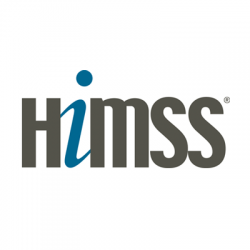You are looking at an archived version of our site. Please visit thepcc.org for a fresh, new experience!
You are here: Array » The State of Patient E ...
The State of Patient Engagement and Health IT

Executive Summary
Even without universal agreement on “one” definition of patient engagement, two truths are emerging: a patient’s greater engagement in healthcare contributes to improved health outcomes, and information technologies can support engagement. The HIMSS Patient Engagement framework provides a five-milestone roadmap for health providers looking to support patients through the use of IT tools and resources: inform me, engage me, empower me, partner with me, and support my e-Community. Patients want to be engaged in their healthcare decision-making process, and those who are engaged as decision-makers in their care tend to be healthier and have better outcomes.
Financial health related to healthcare costs and types of insurance coverage also influences consumer health behaviors. Consumers and health providers’ financial incentives are beginning to align to foster patient engagement, including movements to provide transparency. Information and communication technologies may be disruptive to providers’ existing infrastructures, sunk investments and workflows. Technology developers and providers keen on health informatics are taking advantage of several strategies to drive interoperability and streamlined communications. The growing use of patient portals, secure messaging (including email), and social media are reducing barriers in communication between providers and patients.
The phrase “patient engagement” means different things to different people and health industry stakeholders. One predominant definition for patient engagement is, “the relationship between patients and healthcare providers working together to promote and support active patient and public involvement in health and healthcare and to strengthen their influence on healthcare decisions, at both the individual and collective levels."
The Center for Advancing Health offers a health engagement behavior framework based on behavior, defining engagement as “actions people take for their health and to benefit from healthcare.” The Patient Activation Measure (PAM), which classifies patients into one of four increasingly engaged levels, is gaining increasing attention among both U.S. and European health providers. The HIMSS Patient Engagement framework provides a five-milestone roadmap for health providers looking to support patients through the use of IT tools and resources: inform me, engage me, empower me, partner with me, and support my e-Community.
The American Hospital Association’s Committee on Research developed a framework for engaging healthcare users that spans a continuum that includes the individual, the healthcare team, the organization, and the larger community, shown in Figure 1. What underpins this framework are information sharing, shared decision making, self-management, and partnerships—all key ingredients for engaging patients.
Full Resource/Source: HIMSS
Secondary menu
Copyright © 2024 Primary Care Collaborative



